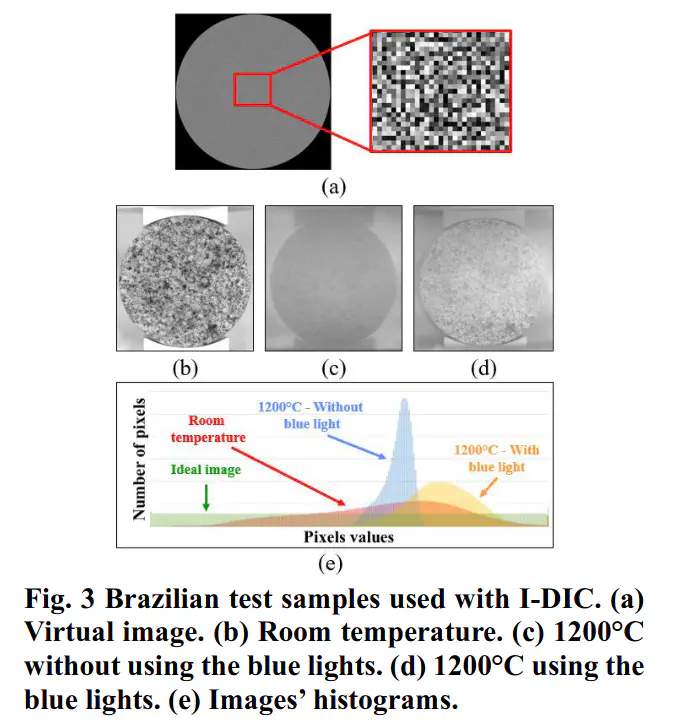Creep Characterization Of Refractory Materials At High Temperatures Using The Integrated Digital Image Correlation

Abstract
The study of the nonlinear mechanical behavior of materials at high temperatures is still a challenge for the refractories industry, since the applied tests are expensive and time consuming. Moreover, the characterization of the tensile behavior of such materials is especially difficult, due to requirements related to the load application and alignment, to avoid premature failure of the samples. In this paper, the Integrated Digital Image Correlation (I-DIC) in association with Brazilian tests is proposed as an alternative to classic unidimensional tensile and compressive creep tests to obtain the mechanical properties of refractories at high temperatures. The difficulties on the application of this technique, related to the experimental and computational parts, are explained and solutions are proposed to overcome them. An example of identification of creep parameters at high temperature is provided to show the potentialities of this technique.